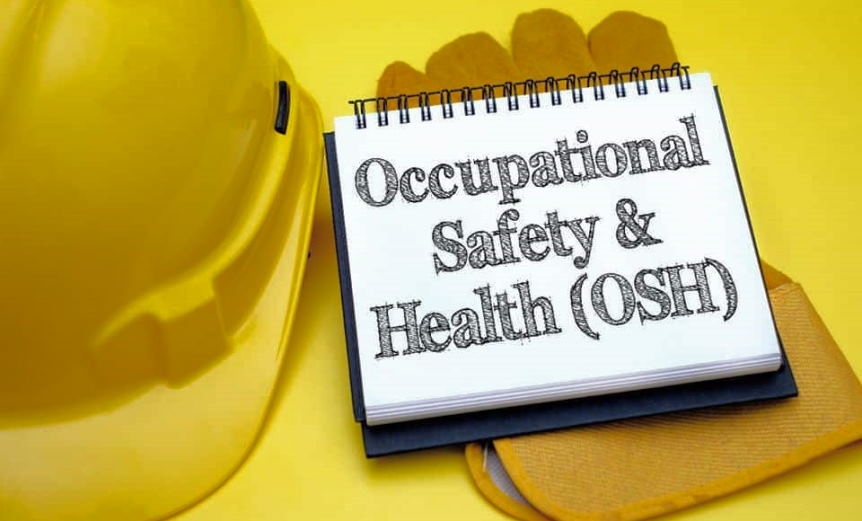Safety in the workplace is extremely important, but there are a lot of principles that go into keeping everyone safe. Everyone should know some key principles of occupational safety and health. By understanding and following these principles, we can all help keep our workplaces safe and productive.
Fundamental principles of occupational health and safety
Everyone working in an organization should be aware of some basic principles of occupational safety and health. These principles can help create a safer and healthier work environment for all employees and prevent potential accidents or injuries.
The first principle of occupational safety and health is to identify hazards in the workplace. This can be done by conducting a risk assessment, which will help to identify any potential hazards that could cause harm to employees. Once hazards have been identified, it is important to take steps to eliminate or minimize them. This may involve changing the way work is carried out, or providing employees with safe work procedures.
The second principle of occupational safety and health is protecting employees from hazards. This can be done by providing personal protective equipment (PPE), such as safety goggles or gloves, to employees who are working in hazardous areas. PPE can also be used to protect employees from exposure to harmful substances, such as chemicals or asbestos.

The third principle of occupational safety and health is to ensure that the workplace is safe and healthy for all employees. This can be done by ensuring that the work environment is well-ventilated and free from potential hazards. It is also important to provide employees with information about how to work in the workplace safely and to make sure that they are aware of any potential risks.
The fourth principle of occupational safety and health is to investigate accidents and incidents in the workplace. This helps to identify any potential hazards that may have caused the accident or incident and to take steps to prevent them from happening again.
The fifth principle of occupational safety and health is to review and update safety and health policies and procedures on a regular basis. This helps to ensure that the workplace remains safe and healthy for all employees and that any new hazards are identified and dealt with quickly.
Recommended practices for safety and health programs
The use of safety and health programs can help construction employers control job site hazards and prevent worker injuries, illnesses, and fatalities. A well-designed, comprehensive safety and health program tailored to the hazards present at a particular worksite can help identify, eliminate, or control workplace hazards before they cause injury or illness. Employers should develop and implement effective safety and health programs appropriate for their size, type of business, workforce characteristics, and workplaces.

When developing a safety and health program, employers should consider the following elements:
- Management commitment and employee involvement
- Worksite analysis
- Hazard prevention and control
- training and education
- Program evaluation and improvement
Management commitment and employee involvement are essential ingredients of any successful safety and health program. Management must demonstrate its commitment to the program by establishing clear lines of authority, providing adequate resources, and holding employees accountable for their actions. Likewise, employees must be involved in developing and implementing the program and be empowered to identify and correct hazards.
A worksite analysis is the first step in identifying potential workplace hazards. Next, employers should examine all aspects of the worksite, including equipment, materials, work procedures, and the work environment. Once potential hazards have been identified, employers can eliminate or control them.
Program evaluation and improvement are ongoing processes that help employers ensure that their safety and health programs are effective. Evaluation involves setting performance goals, measuring progress towards those goals, and making necessary changes. The improvement involves making changes to the program based on the evaluation results.

